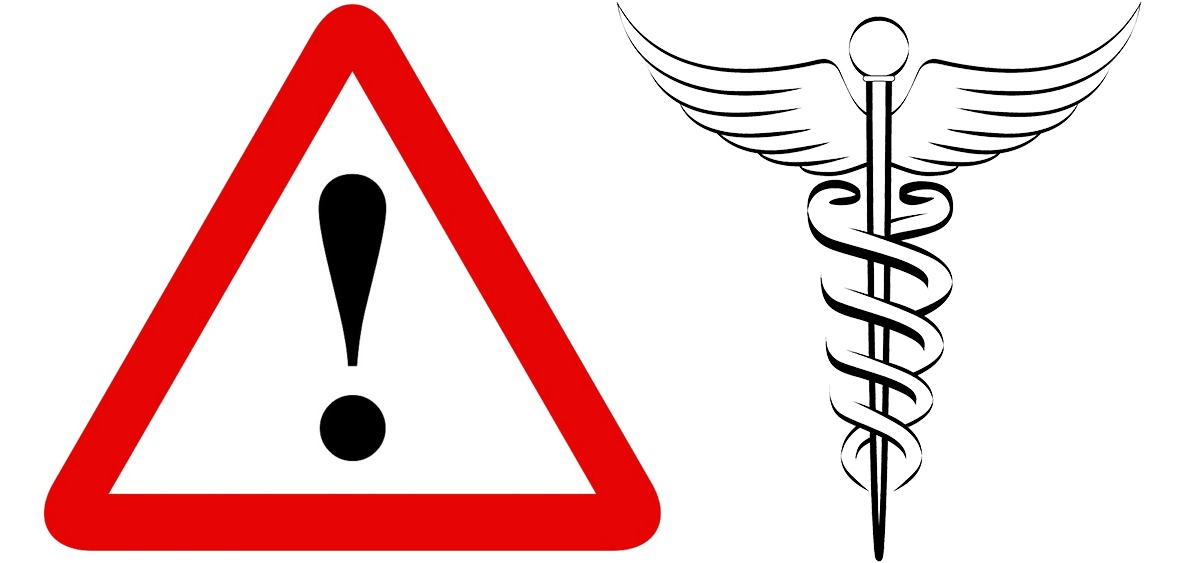For Second Year in a Row, Cybersecurity Issue Tops ECRI Health Tech Hazards List

Hackers, dirty mattresses, sponges left inside patients, ventilators that can cause patient injury or death, and contaminated endoscopes round off ECRI’s annual list of top technology hazards related to medical devices and systems. The 2019 Top 10 Health Technology Hazards alerts healthcare facilities to safety issues and provides suggestions on how to address and/or prevent the dangers posed to patients.
From the Archives: An exclusive look at how ECRI devises its annual top 10 hazards listLast year’s top hazard was ransomware and cybersecurity threats that pose a risk to patients, and this year ECRI pointed to a parallel risk: Hackers and their ability to access systems remotely and disrupt their performance. “Attackers take advantage of unmaintained and vulnerable remote access systems to infiltrate an organization’s network. Once they gain access—whether through medical or nonmedical assets—attackers can move to other connected devices or systems, installing ransomware or other malware, stealing data or rendering it unusable, or hijacking computing resources for other purposes, such as to generate cryptocurrency,” the report states.
The following is the 2019 list (Download the hazards list for ECRI’s recommendations on mitigating the risk):
- Hackers Can Exploit Remote Access to Systems, Disrupting Healthcare Operations
- “Clean” Mattresses Can Ooze Body Fluids onto Patients
- Retained Sponges Persist as a Surgical Complication Despite Manual Counts
- Improperly Set Ventilator Alarms Put Patients at Risk for Hypoxic Brain Injury or Death
- Mishandling Flexible Endoscopes after Disinfection Can Lead to Patient Infections
- Confusing Dose Rate with Flow Rate Can Lead to Infusion Pump Medication Errors
- Improper Customization of Physiologic Monitor Alarm Settings May Result in Missed Alarms
- Injury Risk from Overhead Patient Lift Systems
- Cleaning Fluid Seeping into Electrical Components Can Lead to Equipment Damage and Fires
- Flawed Battery Charging Systems and Practices Can Affect Device Operation
View ECRI’s 2018 Top 10 Health Technology Hazards.